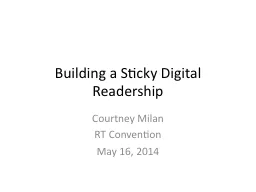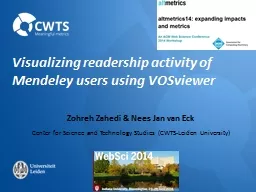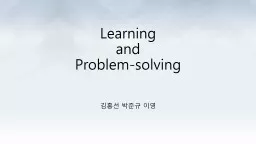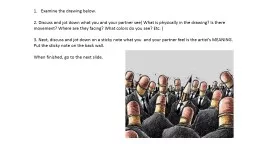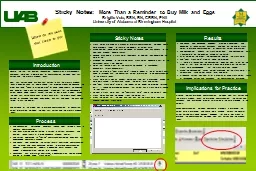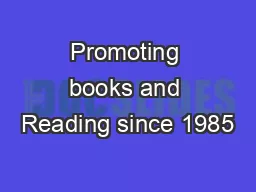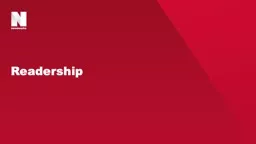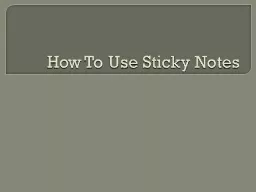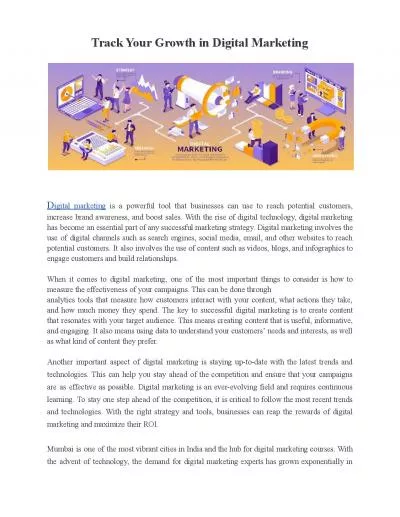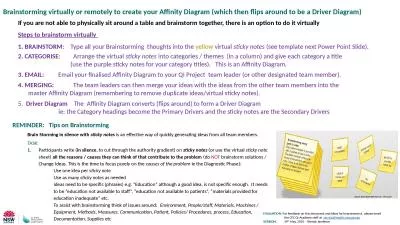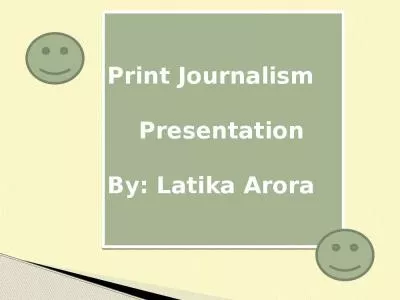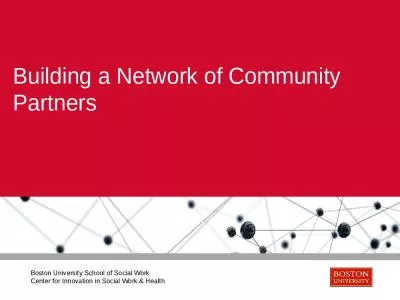PPT-Building a Sticky Digital Readership
Author : calandra-battersby | Published Date : 2016-06-27
Courtney Milan RT Convention May 16 2014 Half Assing Promotion and still making money Courtney Milan RT Convention May 16 2014 Phases of Author Success Phase 1 Nobody
Presentation Embed Code
Download Presentation
Download Presentation The PPT/PDF document "Building a Sticky Digital Readership" is the property of its rightful owner. Permission is granted to download and print the materials on this website for personal, non-commercial use only, and to display it on your personal computer provided you do not modify the materials and that you retain all copyright notices contained in the materials. By downloading content from our website, you accept the terms of this agreement.
Building a Sticky Digital Readership: Transcript
Download Rules Of Document
"Building a Sticky Digital Readership"The content belongs to its owner. You may download and print it for personal use, without modification, and keep all copyright notices. By downloading, you agree to these terms.
Related Documents

